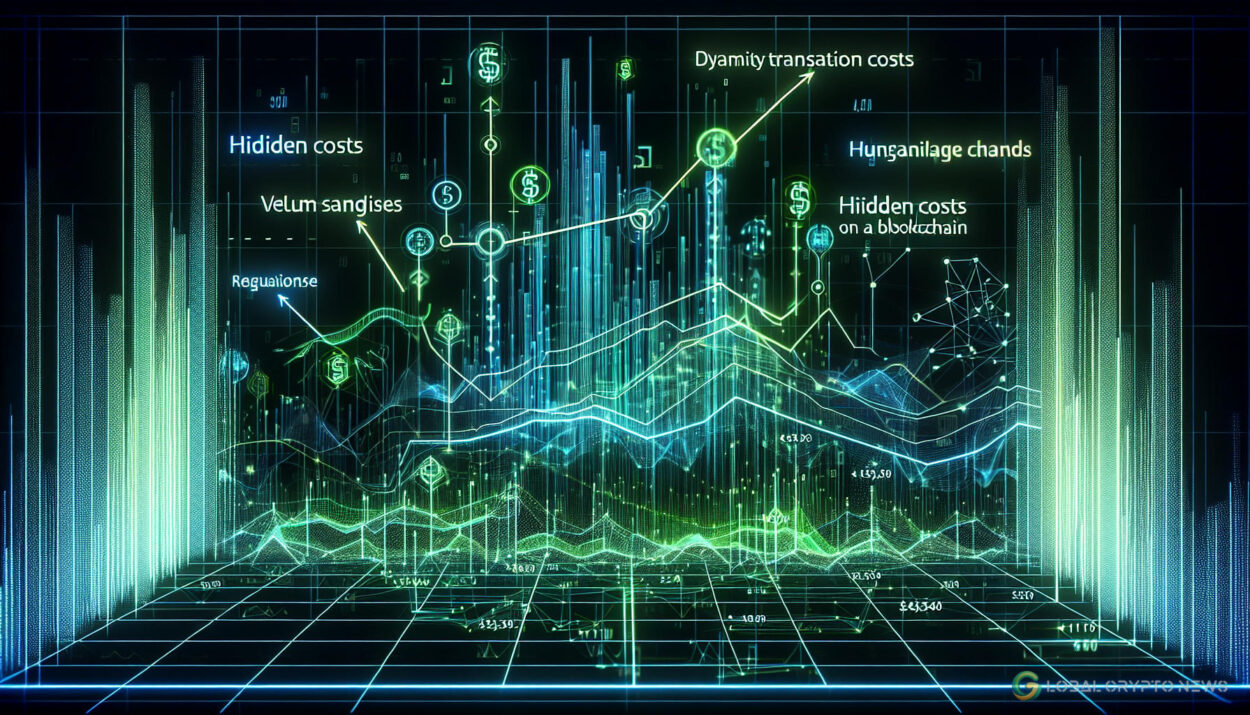Decentralized Finance (Defi) presents a wealth of opportunities for investors in the cryptocurrency space. However, it’s essential to be aware of hidden costs that can impact potential returns beyond the upfront gas fees.
Transaction costs on blockchains like Ethereum and Solana are dynamic, varying based on network congestion and priority settings. While the average gas fees on Ethereum stand at 28.46 gwei, it’s crucial to consider affordability, especially for consumers in emerging economies.
Hidden Costs to Watch Out For:
- Impermanent loss: Staking tokens in liquidity pools can result in smaller profits compared to holding the cryptocurrencies directly.
- Loss-versus-rebalancing: Automated market makers may not capture all potential gains due to outdated crypto prices.
- Slippage: Market fluctuations can impact trade prices, especially on illiquid pairs.
- Maximal extractable value: Sophisticated actors can exploit inefficiencies to profit at the expense of others.
Understanding these hidden costs is crucial for navigating the Defi landscape effectively. Strategies like rebalancing portfolios, researching platform rebalancing strategies, and setting realistic slippage limits can help mitigate risks and enhance returns.
Utilizing tools like trading aggregators and RPC services that protect against MEV can further reduce costs. Newer protocols like Pyth are innovating with push-based oracle models to provide real-time price updates.
By staying informed about industry developments and leveraging innovative solutions, investors can navigate Defi with confidence and maximize their returns. Simplifying infrastructure and offering consistent returns can drive sustainability and attract users to the world of decentralized finance.
























